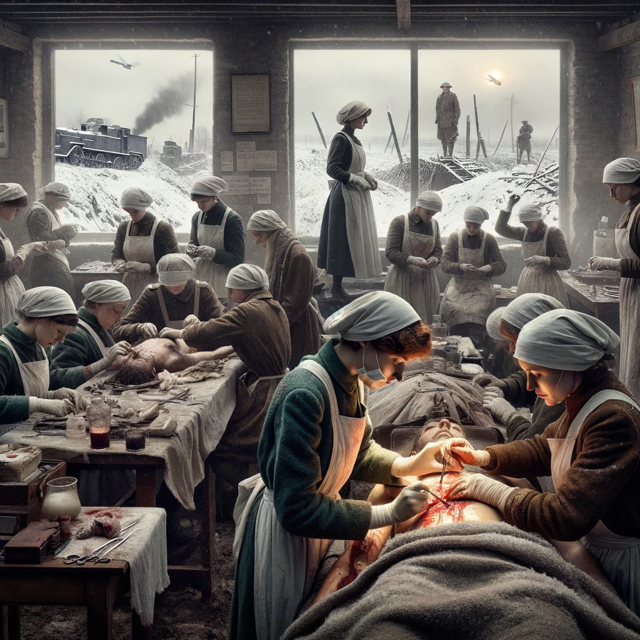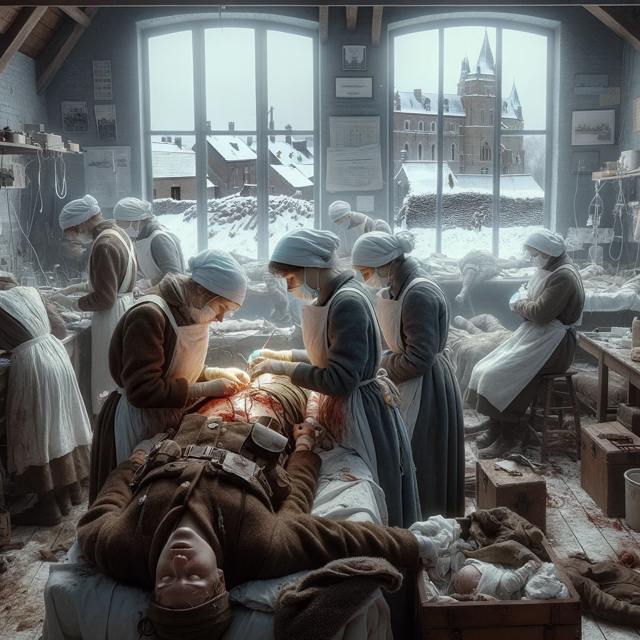January 2024
Amidst the harrowing backdrop of World War I in Belgium, Elisabeth "Ilse" Weber and her fellow medical staff exemplified extraordinary resilience and adaptability, working tirelessly in field hospitals under extreme conditions to pioneer crucial advancements in emergency medicine and trauma care. Their story is a testament to courage and innovation in the face of adversity, marking a transformative era in medical history.
Last updated 18 months ago
Will publish on 06/07/2026
Living on the Fringe: Working in the field hospital
By Monica Granlove

Serving in the field hospitals on the front lines of World War I in Belgium was a formidable and intense experience, demanding an extraordinary blend of dedication, resilience, and emotional fortitude. Elisabeth "Ilse" Weber, along with her female colleagues, braved the same perilous conditions as their male counterparts, facing the imminent threats of bombings, gas attacks, and the myriad dangers of warfare.
Positioned perilously close to the combat zones, these field hospitals were exposed to the same risks as the soldiers themselves. Compounded by the scarcity of heating, the Belgian winters proved to be brutally cold and challenging, often worsened by rain and snow.
Amidst a relentless stream of wounded soldiers, Ilse transcended traditional roles, showcasing remarkable adaptability to the dire needs of the moment. Trench warfare inflicted severe injuries, from frostbite to gunshot and shrapnel wounds, imposing a relentless workload on the medical staff who tirelessly provided round-the-clock care.
These field hospitals were constantly grappling with resource limitations. Essential supplies, including medical equipment, bandages, and medications, were scarce, compelling Ilse and her team to improvise under constrained circumstances. Triage became a vital operation, necessitating swift judgment in assessing injury severity to prioritize urgent treatments.
Ilse's role was pivotal in performing critical surgical procedures, often rudimentary yet lifesaving, under arduous conditions with limited resources and anesthesia. Neither confined to the role of a nurse nor a doctor, her versatility was a beacon of hope in the makeshift operating rooms.
This era marked a significant chapter in medical history, driven by the pressing need to address war-related injuries. It catalyzed advancements in trauma surgery, wound care, and infection control, with frontline innovations like effective management of severe injuries, blood transfusions, and infection prevention paving the way for contemporary emergency medicine.

Ilse's journey, emblematic of strength and resilience, epitomizes the spirit of perseverance in adversity. Her flexibility and empathy under duress highlight the indomitable spirit of those serving in World War I field hospitals, whose contributions transcended immediate soldier care, leaving an enduring impact on medical practice.


